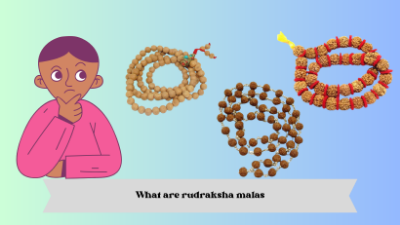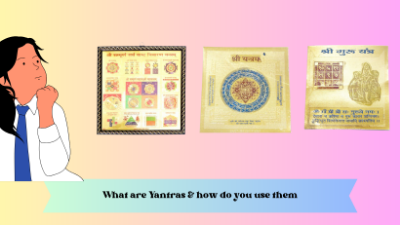26 Aug 2023 (0) What are parad items, how do they differ from idols and yantras, and what do they do?
Parad items, also known as Mercury items, are specific objects used in Hindu spiritual practices and rituals. They are made from a mixture of mercury (parad) along with other metals, believed to possess unique and potent spiritual properties.

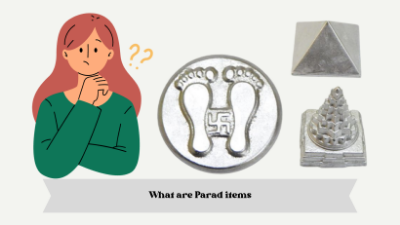

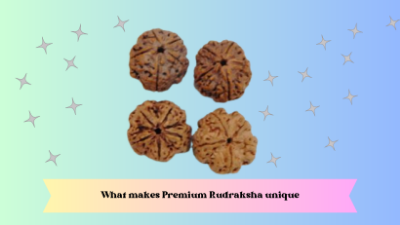
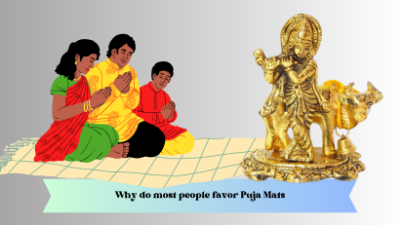
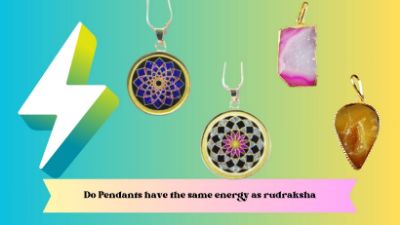
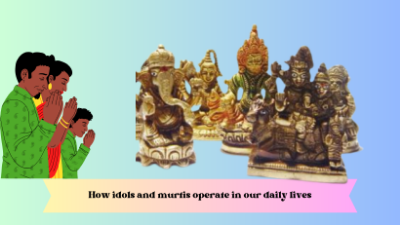
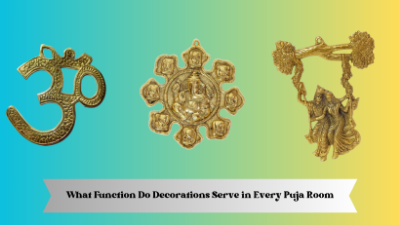
_400.png)
